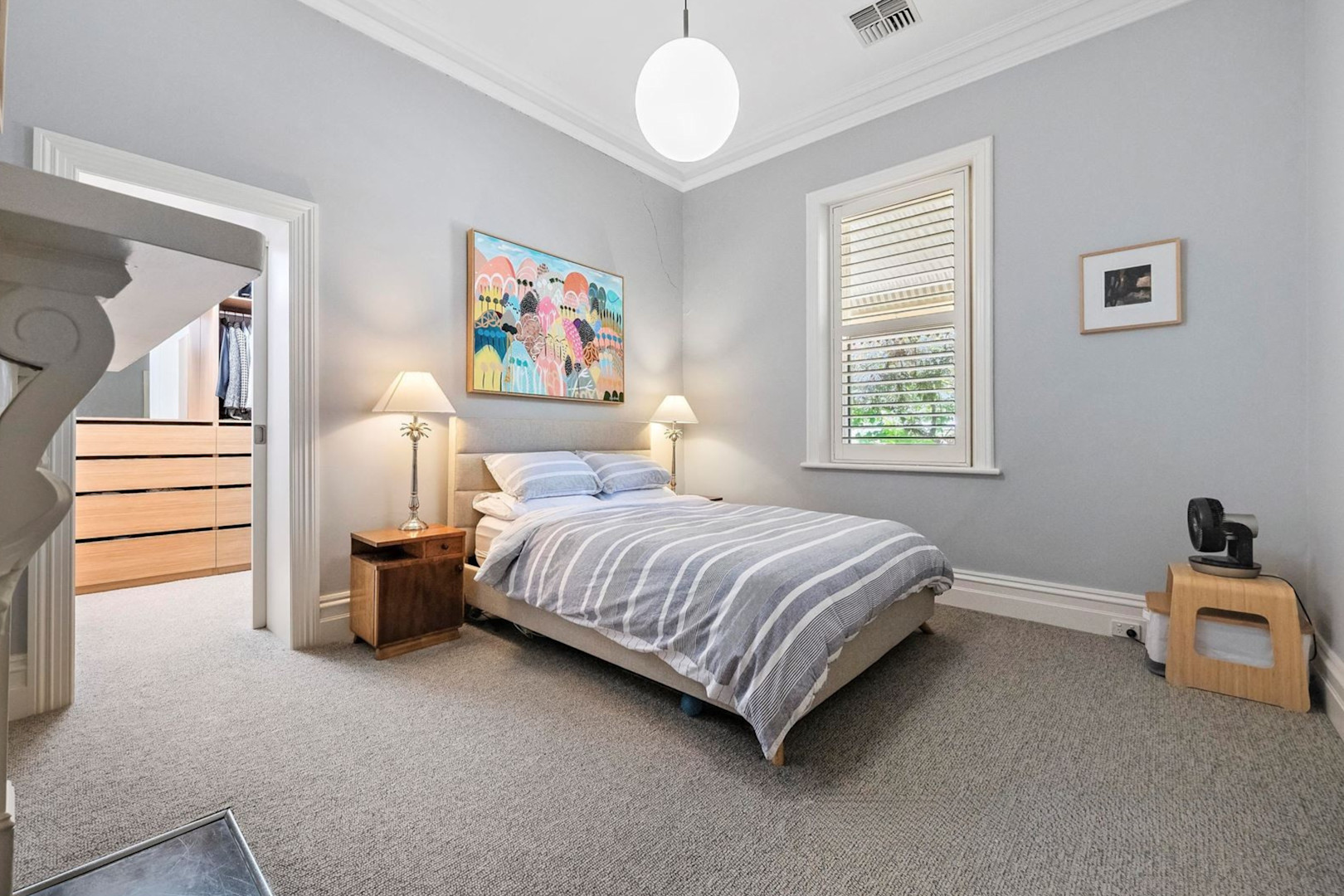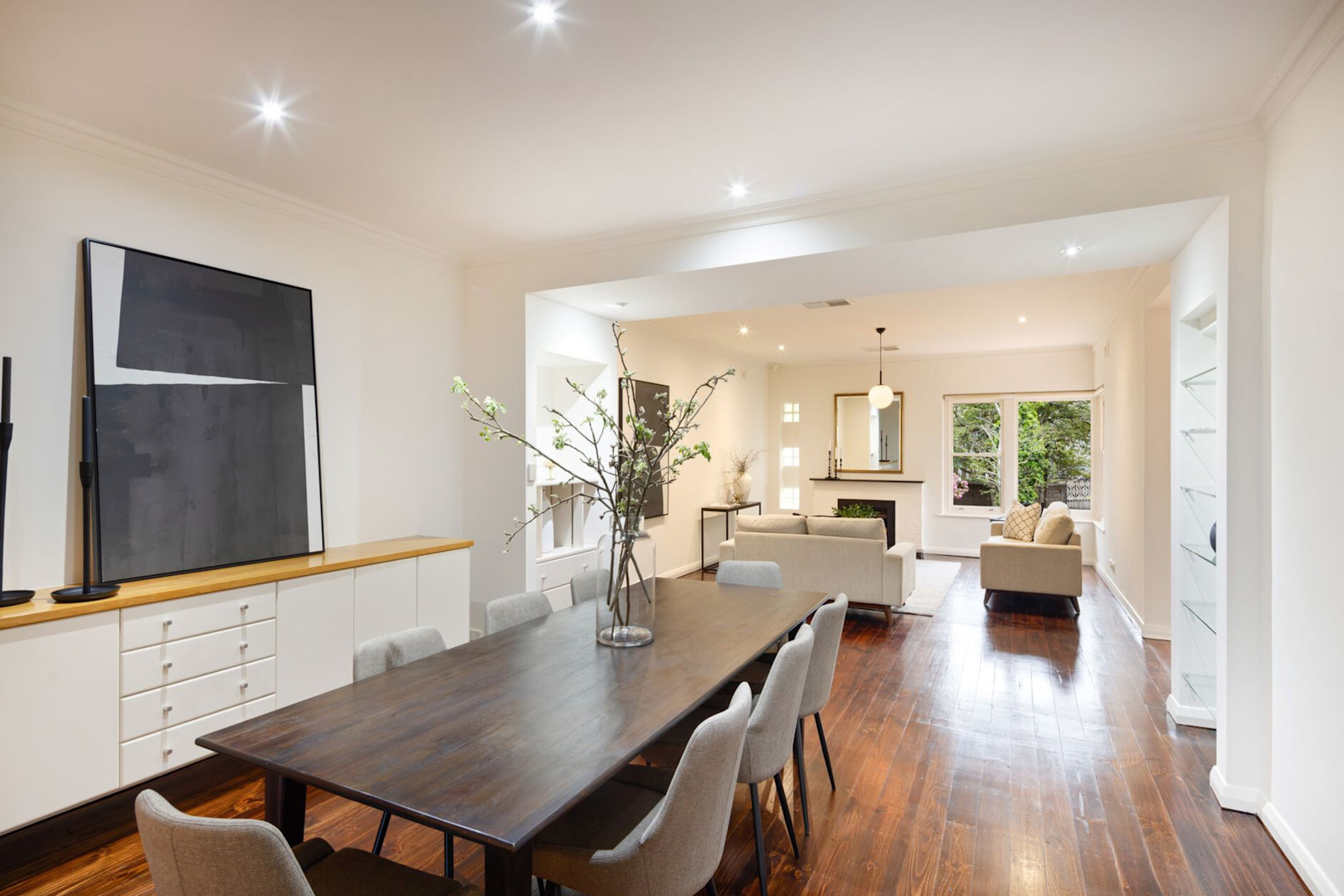June 09, 2020
Bronte Manuel's Adelaide market update for May
As restrictions on the real estate industry continue to ease, we’ve noticed a steady upswing in both buyer and seller confidence in the Adelaide property market.
While a report from property market analyst Core Logic showed a national decrease of 0.4 per cent in property values for May - the first month-on-month decline since June 2019 - Adelaide prices held typically strong.
Adelaide was one of only three capital cities – along with Hobart and Canberra - to register an increase in values. Dwelling values here rose by 0.4 per cent for the month, on the back of a 1.1 per cent increase for the quarter, a 1.8 per cent rise for the past 12 months and a 2.2 per cent increase for the past five years.
{"type":"Link","id":"5uXdWqjWkdrRnDu7dr4mCo","numimg":0}{"type":"Link","id":"38s2acIcDCNE5aUzfwdgek","numimg":0}Conversely, Sydney, Melbourne, Brisbane, Perth and Darwin recorded month-on-month declines in dwelling values.
It’s further indication of the resilience of the South Australian real estate industry, which has historically been much less prone to significant value fluctuations, particularly in comparison to more volatile markets on the eastern seaboard.
Data from Domain also showed a 6 per cent increase in new listings in Adelaide over the four weeks to May 24, indicating a promising rebound in seller confidence.
There’s no doubting the coronavirus pandemic has had an impact, however, with new listings down 32 per cent compared with the same time last year.
But, as a result, that relative sparsity of new listings has resulted in heightened competition for properties.
{"type":"Link","id":"4ReEUbyCerawgOZvS29bk1","numimg":0}Despite the restrictions placed on the industry because of COVID-19, our team at Toop&Toop continues to report solid levels of buyer interest.
On average, we sold more than a property a day during May and, of more than 1100 groups who inspected Toop&Toop properties during that period, 33 per cent were new to the market. Typically, we’d expect around half of that ratio of new buyers.
Online traffic figures maintained peak levels, too. Toop&Toop-listed homes achieved more than six million views on realestate.com.au, while virtual inspections on toop.com.au pushed past 115,000.
{"type":"Link","id":"77yC5m4XtT503eM8VfIQT2","numimg":0}{"type":"Link","id":"3szyfHnBU7IqmyhrFRn8ZG","numimg":0}The Toop Create suite of interactive tools continued to be popular, registering almost 300 hours of usage across May, with each interaction lasting an average of almost six minutes.
Importantly, those physical and virtual traffic figures translated into successful sale results, too.
As an example, a West Croydon home – the first sold at auction by Toop&Toop since coronavirus restrictions were eased – achieved a sales price well beyond vendor expectations when it went under the hammer on May 31.
Through Toop&Toop’s 35-year history, we have noticed there is generally a strong correlation between activity in the property market and consumer sentiment.
As a guide, the weekly ANZ Roy Morgan index has risen every week for the past eight weeks, while the Westpac MI consumer sentiment index recorded a 16.4 per cent bounce from April to May.
If history rings true, both measures suggest the impact of COVID-19 on the Australian real estate industry may not be as severe as first predicted.
While winter has traditionally been considered a quieter period for the local property market, that may not be the case this year.
In fact, we’re anticipating increased activity over the coming months as coronavirus restrictions continue to ease and the confidence levels of buyers and sellers continue to grow.



